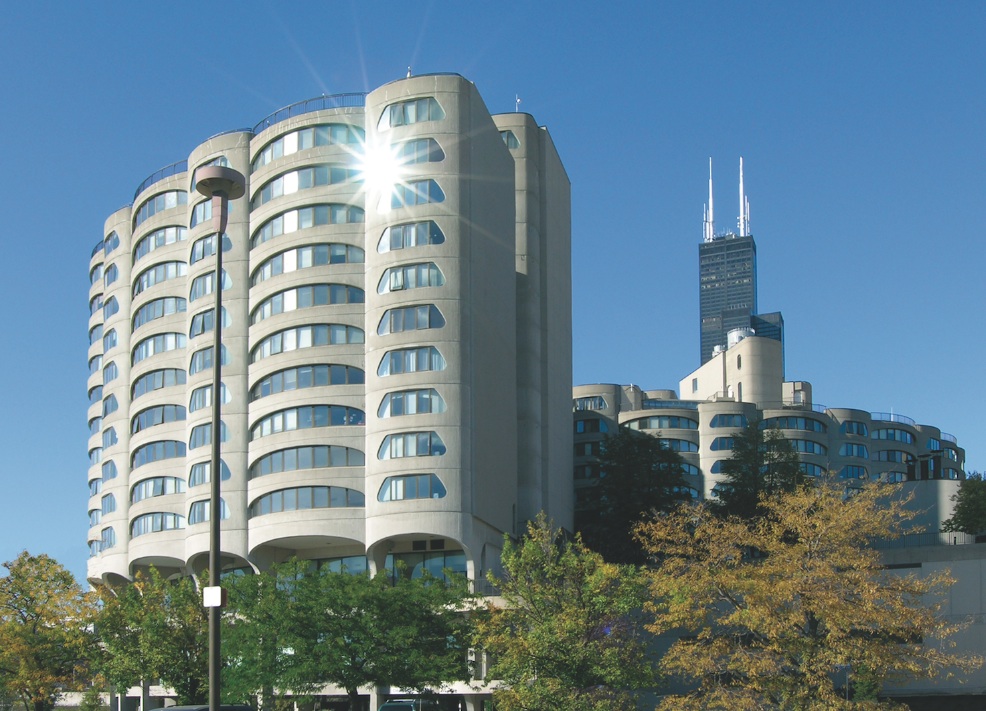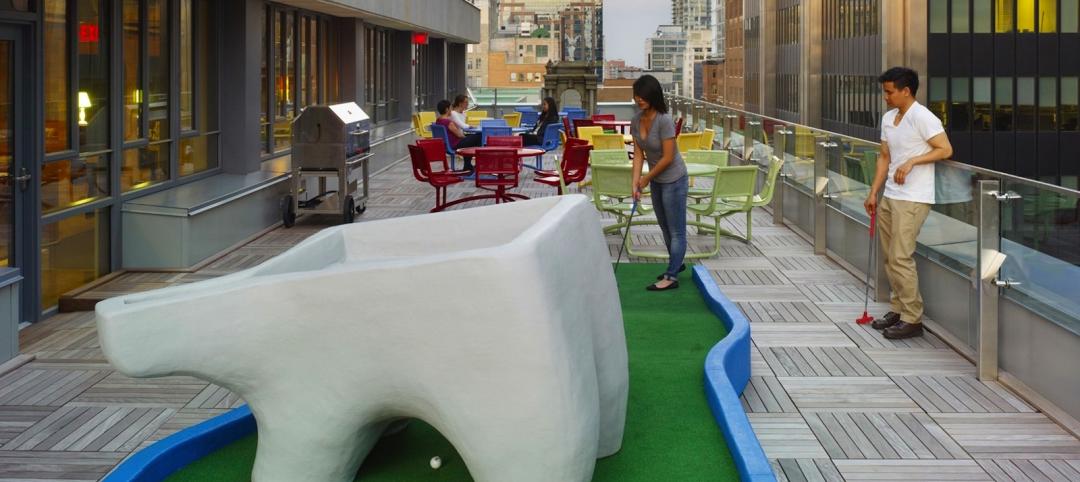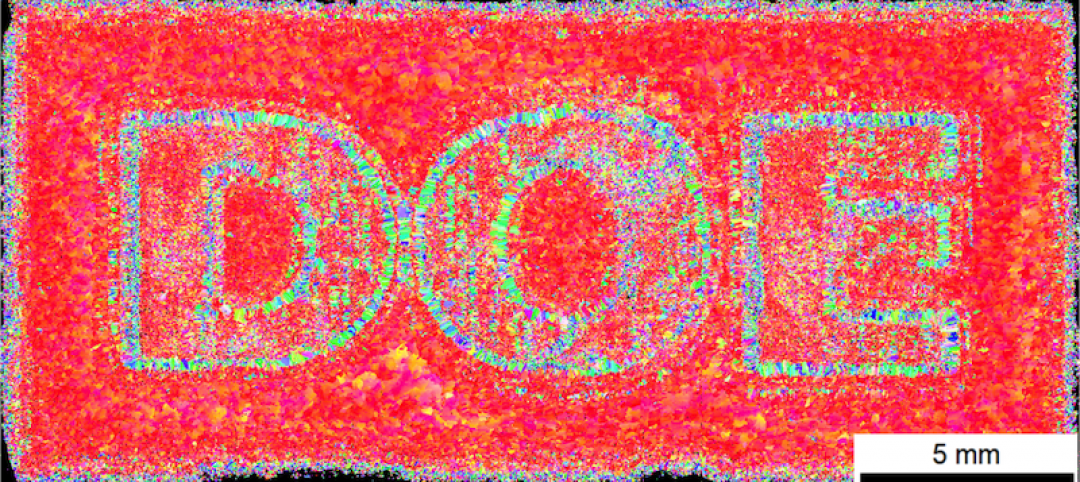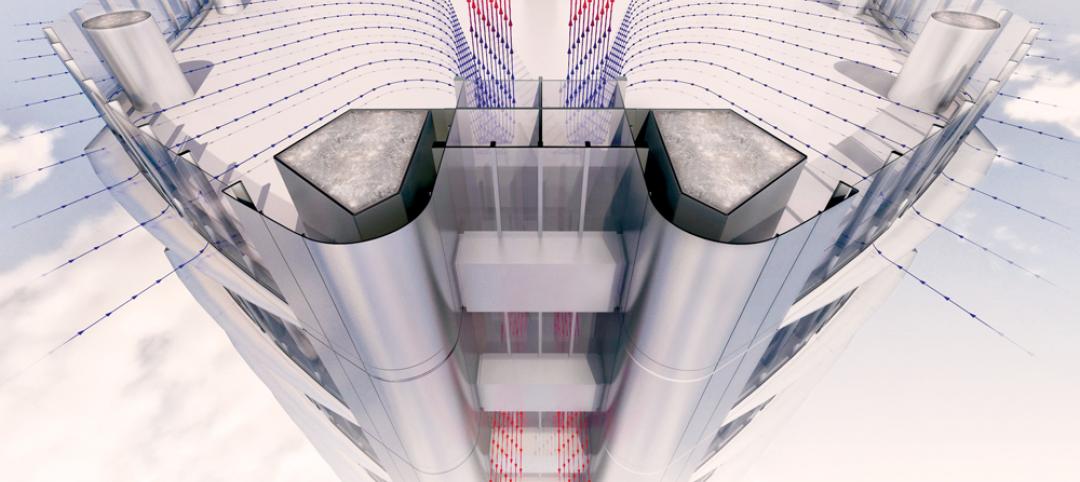River City is a mixed-use, 16-story high rise with 448 condos, located within Chicago’s South Loop along the Chicago River. The name of this complex took on new meaning in June 2011, when the river overflowed its banks, and penetrated the buildings’ lower floors.
Two years later, the city of Chicago passed an ordinance requiring large commercial buildings of more than 50,000 sf to benchmark their energy consumption, and authorized the city to disclose those buildings’ energy efficiency publicly.
Those two events led the owners of River City to spend an estimated $7 million to upgrade the lighting and mechanicals in their complex.
“We decided that if we were going to do this, we’d do it right,” says Jim Sadowski, Director of Operations for Marc Realty, which owns the commercial part of River City and manages the buildings. (The residential part is owned by 800 South Wells Phase II River City Private Residential Condominium Association.)
River City is one of 17 existing multifamily properties to earn Energy Star certification, which became available to this sector on Sept. 16 via a scoring system for multifamily properties that Energy Star and Fannie Mae had been developing for three years. The partners announced the first set of certified multifamily buildings on Nov. 13.
Last year, Fannie’s Multifamily Mortgage Business launched its Green Initiative, and as of the first quarter of 2014 had provided $130 million in Green Preservation Plus loans or in loans that are backed by properties with a Green Building certification. Fannie Mae Multifamily Mortgage Business also partnered with the U.S. Environmental Protection Agency to deliver the 1 – 100 Energy Star score for multifamily properties.

For Eco Modern Flats: ECO Modern Flats in Arkansas lowered its annual energy consumption by 23% after undergoing a major renovation in 2010-2012 that included the installation of several energy- and water-saving products. Photo: courtesy U.S. EPA
Properties are scored, using Energy Star’s Portfolio Manager, on a scale of 1 to 100, which accounts for their energy use across fuel types and normalizes for weather, building characteristics, and business activities. The score represents the property’s percentage ranking compared with similar properties. Properties that score 75 or higher are eligible to earn Energy Star certification.
The goal of this initiative and scoring is to provide multifamily building owners and managers with tools to measure how much energy and water their buildings are consuming and/or wasting, and to be able to compare that performance to similar buildings nationwide.
About one-third of the U.S. population lives in the country’s 500,000 multifamily buildings, and spends about $22 billion on energy use annually. Energy costs for renters have risen 20% over the past decade. U.S. residential water costs rose by 75% in current dollars from 2000 to 2012.
In a survey of 1,000 multifamily properties it conducted in 2012, Fannie Mae found that the least efficient property was spending $165,000 more in annual energy costs than a similar property operating efficiently. The least efficient properties use over three times as much energy and six times as much water per square foot as the most efficient properties.
“Every multifamily property has the opportunity to make high performance property improvements,” wrote Fannie Mae in a September 2014 report titled Transforming Multifamily Housing. “If the entire U.S. multifamily housing stock reduced electricity usage by 15% and natural gas usage by 30%, the annual aggregate cost savings would total more than $3.3 billion.”
Among the first 17 multifamily buildings to earn certification, five were built in the 1920s, belying the notion that older buildings can’t be retrofitted to meet modern high-performance standards. It’s also worth noting that all but one of the certified buildings are located in metros whose local governments are actively attempting to curtail greenhouse gas emissions from their built environments.
River City people image: Jim Sadowski (left), operations chief for Marc Realty, with James Wasniewski, president of Roberts Environmental Control Corp., and Jim Gergits, chief engineer for 800 South Wells, in front of a new Cleaver-Brooks boiler that River City’s owners installed, which contributed to their complex earning Energy Star’s multifamily certification. Photo provided by property management to the U.S. EPA
The certified buildings are a varied bunch, and include:
• ECO Modern Flats in Fayetteville, Ark., which reduced its energy usage by 23% annually after a renovation team installed solar water heaters, closed-cell insulation, white roofing, a green screen, low-E windows, efficient lighting, low-flow showerheads and faucets, dual-flush toilets, and Energy Star-certified appliances.
• The 88-unit affordable housing complex Terrific Tenements in New York City, which cut its fuel costs by 50% by installed new boilers and heating controls.
• River City in Chicago completely replaced its common-area lighting, and installed more efficient equipment that included two 350-h.p. firetube Cleaver-Brooks boilers, and a 1.2-million-Btu Teledyne Laars domestic water heater.
Its owners also installed two new 650-ton Carrier chillers that draw water from the Chicago River that is chilled and then passed over coils to create cool dehumidified air that’s circulated throughout the building. Sadowski explains that this system is a closed loop, meaning there’s a constant flow of water that returns to a marina beneath the complex.
He adds that most of Chicago’s newer high rises “run on river water.”
Sadowski says that Goby, an energy consultant, was instrumental in helping River City’s owners devise an energy plan. “That took a lot of data analysis,” says Sadowski.
Related Stories
| Nov 17, 2014
Hospitality at the workplace: 5 ways hotels are transforming the office
During the past five years, the worlds of hospitality and corporate real estate have undergone an incredible transformation. The traditional approach toward real estate asset management has shifted to a focus on offerings that accommodate mobility, changing demographics, and technology, writes HOK's Eva Garza.
| Nov 17, 2014
Developments in 3D printing can assist architecture in the smallest details
Researchers at the Department of Energy’s Oak Ridge National Laboratory (ORNL) have developed a way for 3D printed metals to be produced with an unprecedented degree of precision.
| Nov 17, 2014
A new BSL-3 public-safety lab debuts in Vermont
The laboratory will be used to perform a wide range of analyses to detect biological, toxicological, chemical, and radiological threats to the health of the population, from testing for rabies, West Nile, pertussis and salmonella to water and food contaminants.
| Nov 17, 2014
'Folded facade' proposal wins cultural arts center competition in South Korea
The winning scheme by Seoul-based Designcamp Moonpark features a dramatic folded facade that takes visual cues from the landscape.
| Nov 17, 2014
Workplace pilot programs: A new tool for creating workspaces employees love
In a recent article for Fast Company, CannonDesign's Meg Osman details how insurance giant Zurich used a workplace pilot program to empower its employees in the creation of its new North American headquarters.
| Nov 17, 2014
Mastering natural ventilation: 5 crucial lessons from design experts
By harnessing natural ventilation, Building Teams can achieve a tremendous reduction in energy use and increase in occupant comfort. Engineers from SOM offer lessons from the firm’s recent work.
| Nov 14, 2014
Bjarke Ingels unveils master plan for Smithsonian's south mall campus
The centerpiece of the proposed plan is the revitalization of the iconic Smithsonian castle.
| Nov 14, 2014
Haskell acquires FreemanWhite, strengthens healthcare design-build business
The combination expands Haskell’s geographic presence by adding FreemanWhite’s offices in Chicago, Charlotte, Nashville, and San Diego. FreemanWhite will retain its name and brand.
| Nov 14, 2014
What college students want in their living spaces
In a recent workshop with 62 college students, architects from Little explored the changing habits and preferences of today's students, and how those changes affect their living spaces.
| Nov 14, 2014
JetBlue opens Gensler-designed International Concourse at JFK
The 175,000-sf extension includes the conversion of three existing gates to international swing gates, and the addition of three new international swing gates.

















